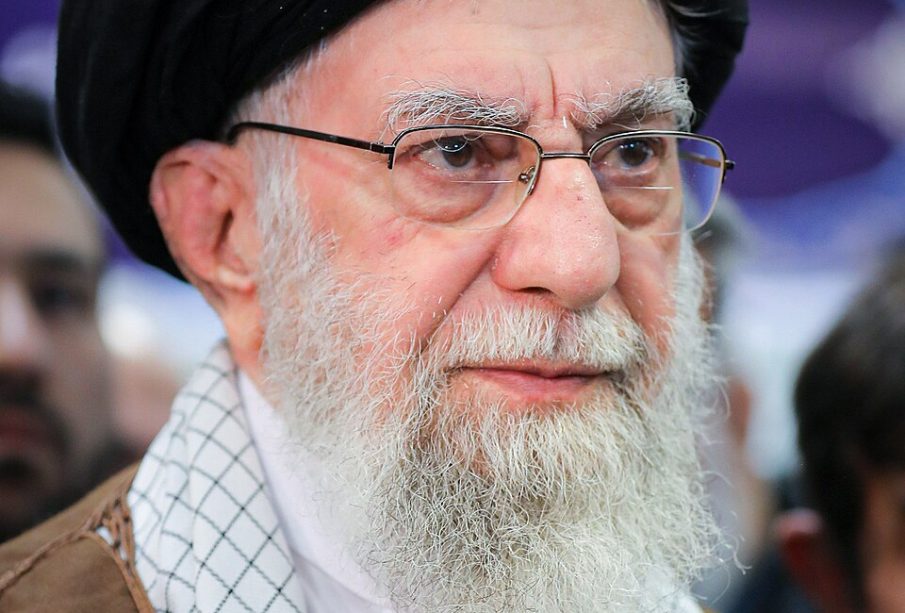Ayatollah Ali Khamenei: His Role and Influence in Iran

Introduction
Ayatollah Ali Khamenei, the Supreme Leader of Iran, has been a significant political figure since he took office in 1989, following the death of the first Supreme Leader, Ayatollah Khomeini. His influence extends beyond Iran’s borders, impacting Middle Eastern geopolitics and global affairs, particularly in relation to U.S.-Iran relations, nuclear negotiations, and regional conflicts. Understanding Khamenei’s role and ideology is crucial for grasping the complexities of Iran’s landscape and its position on the global stage.
Khamenei’s Rise to Power
Khamenei was born on July 17, 1939, in Mashhad, Iran. He became politically active during the Pahlavi monarchy and was imprisoned multiple times for his opposition to the regime. Following the successful 1979 Iranian Revolution, Khamenei quickly rose through the ranks of the new Islamic Republic. After serving as the President of Iran from 1981 to 1989, he ascended to the position of Supreme Leader. His leadership has been characterized by a strict adherence to the principles of the Islamic Revolution, as well as a vision of a united Islamic world.
Key Policies and Ideologies
Under Khamenei’s authority, Iran has maintained a staunch anti-Western stance, especially towards the United States, which he views as a significant adversary. His policies have also involved strong support for Shia movements across the Middle East, particularly in countries like Iraq, Syria, and Lebanon. The Supreme Leader has been a vocal supporter of the Syrian government during the ongoing civil war, viewing it as crucial to maintaining Iran’s influence in the region.
Recent Developments and Challenges
In recent months, Khamenei has faced increasing domestic challenges, including widespread protests against rising inflation, economic mismanagement, and perceived government repression. These protests, driven by the youth and rising discontent with authoritarian governance, pose a direct challenge to Khamenei’s authority and the future stability of his regime. Moreover, international relations are increasingly strained by nuclear negotiations with Western nations, particularly since the U.S. withdrawal from the Iran nuclear deal (JCPOA) in 2018.
Conclusion
Ayatollah Ali Khamenei’s leadership represents both continuity and change in Iranian politics. His unwavering commitment to Islamic revolutionary ideals has solidified his power but has also contributed to rising dissent within the country. As Iran navigates a complex international landscape and internal strife grows, the Supreme Leader’s decisions will hold significant ramifications not only for Iran’s future but also for regional stability. Observers speculate that Khamenei’s legacy will be defined by how he deals with these ongoing pressures, which could reshape the contours of Iranian politics for decades to come.







